The Ceršak Small Hydro Power Plant (SHPP Ceršak) was finalised in its present form at the beginning of the 1930s, when a dam across the Mura River was constructed, securing a regular inflow of water (28 m3/s) to the supply channel of the hydro power plant. In the 1970s, the Spieldfeld hydro power plant was constructed upstream of SHPP Ceršak, on the Austrian side, which is provided with a stable lower water point by SHPP Ceršak, which in the technical sense thus represents the last hydro power plant in the continuous chain of Austrian hydro power plants on the Mura River. In addition to the production of electricity, the function of SHPP Ceršak is thus also to ensure undisturbed operation of the upstream Spieldfeld hydro power plant.
SHPP Ceršak currently operates in accordance with the permit issued by the Ministry of the Environment and Spatial Planning (Decision No. 3355-29/2018/2 of 21 October 2018). In accordance with the decision, the concession and the concession contract, which were in force until then, ceased to be valid. The water use permit on the Austrian side has already expired.
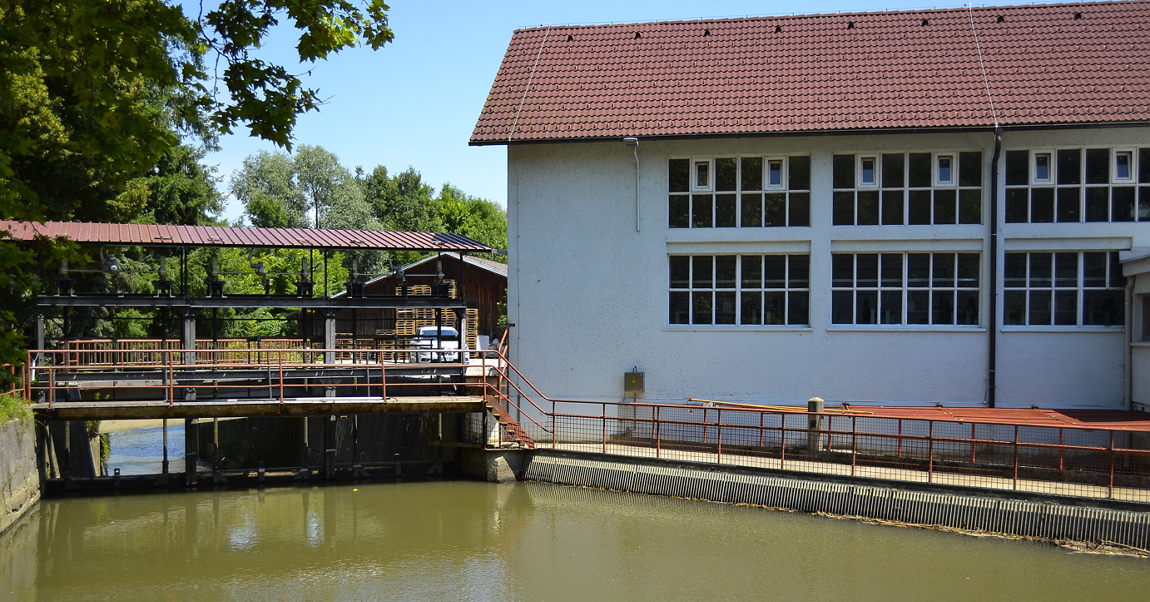 Ceršak Small Hydro Power Plant
Ceršak Small Hydro Power Plant
The manner and scope of the repair/reconstruction of the SHPP Ceršak facility thus needs to be evaluated from the aspect of the valid water use permit, as well as from the aspect of the awarded concession for the utilisation of the energy potential of the Mura River, which was obtained on the Slovenian side by the Dravske elektrarne Maribor company and in relation to the fact that it is a border section of the river, whose energy potential belongs to both the Republic of Austria and the Republic of Slovenia.
The purpose of the project is to increase the production of electricity from renewable sources. The objective of the project is to utilise to the greatest possible extent the available water power potential of the tributaries of the Drava for the production of electricity, while respecting all environmental and economic criteria. In recent years 13 water use permits have been obtained for the construction of small hydro power plants on the tributaries of the Drava River, with their construction planned for the coming years. Inclusion in the support scheme for renewable sources is possible for all small hydro power plants.
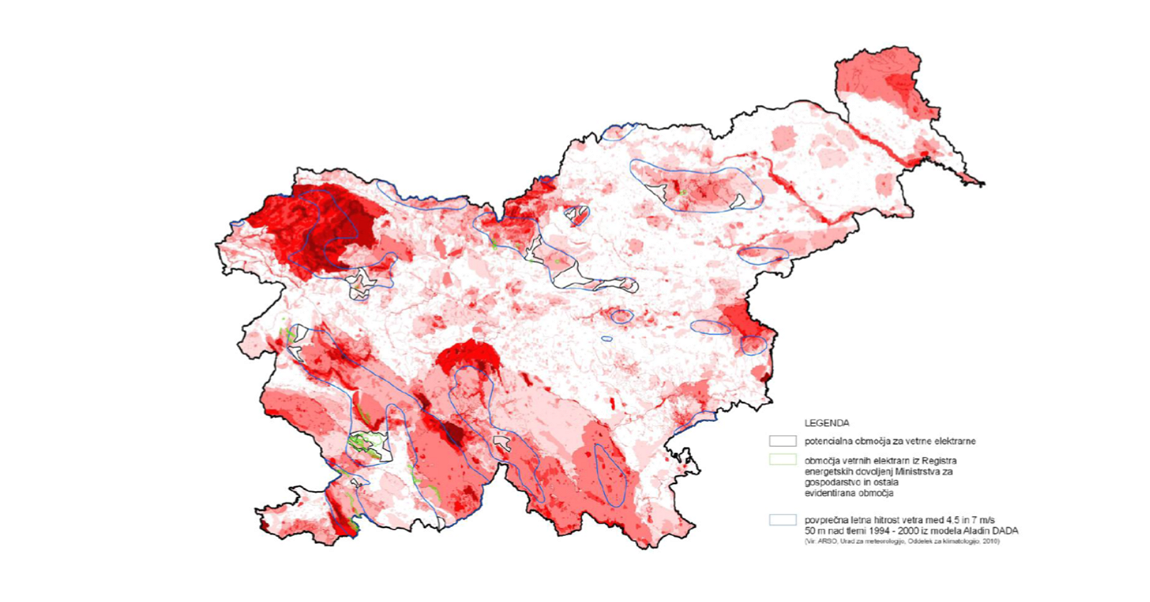 Wind potential model in Slovenia
Wind potential model in Slovenia
Locations with wind energy potential in the Republic of Slovenia are determined in the Action Plan for Renewable Sources of Energy (AN-OVE). With an instrument (laser device for measuring the direction and strength of wind - Lidar), we have examined potential locations for the installation of wind farms and established the possibility of utilisation of the wind energy potential in the entire territory of Slovenia, outside the Natura 2000 areas. Our ambition is to become a competence centre for wind energy in Slovenia and, based on a model and analyses, to provide assistance services to small investors in managing their investments, while securing good locations.
Ojstrica Wind Farm
The installation of three generators is planned. The Government of the Republic of Slovenia adopted a decision on the drafting of the national spatial plan for the Ojstrica Wind Farm on 8 March 2018.
Paški Kozjak Wind Farm
The installation of four generators is planned. The Government of the Republic of Slovenia adopted a decision on the drafting of the national spatial plan for the Paški KOzjak Wind Farm on 3 September 2020.
Rogatec Wind Farm
The installation of five generators is planned. The Government of the Republic of Slovenia adopted a decision on the drafting of the national spatial plan for the Rogatec Wind Farm on 8 July 2020.
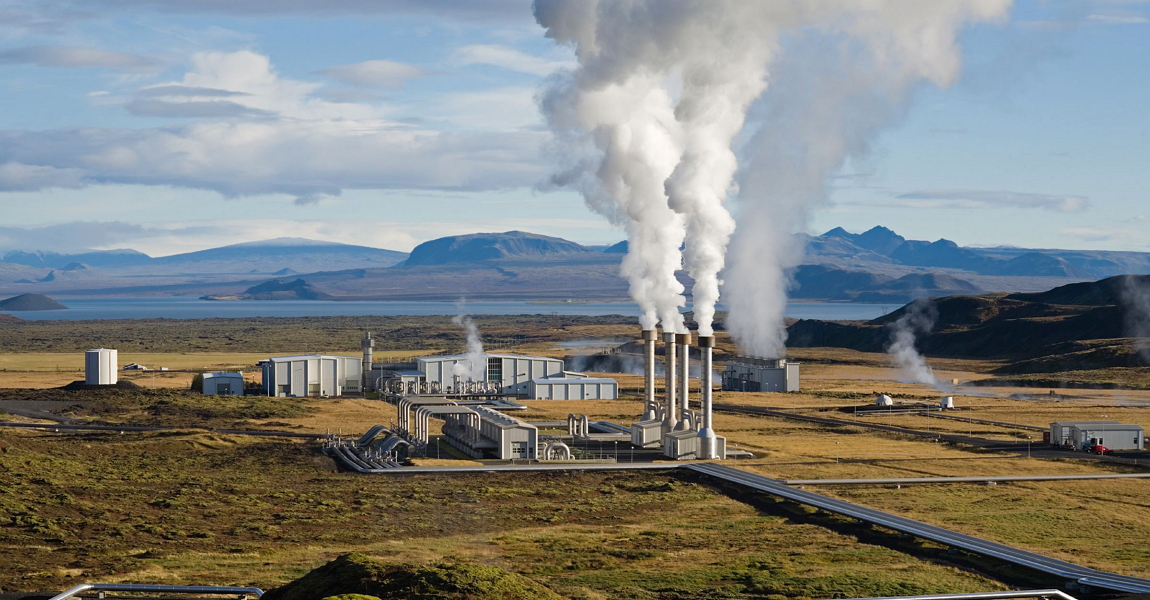 Utilisation of geothermal energy
Utilisation of geothermal energy
Production of electricity from geothermal boreholes represents a stable energy potential for utilisation which may be used for the entire year and has predictable "production". The system of utilisation of geothermal energy represents a potential for co-generation of electricity, with the residual heat being used for other activities (agricultural use, tourism, drying processes and similar). For the electricity production potential, it is possible to (sensibly) implement a cascade system which improves the economic factors of the investment. As part of the exploitation of geothermal energy, a pilot project - production of electricity - is envisaged in the first phase. Partial research activity in the field of exploitation of geothermal energy (Čentiba/Lendava location) has already been implemented on the borehole PG 8, where the energy potential has been measured and the use of innovative heat transport technology examined. In the field of potential exploitation of geothermal energy, it is also possible to use new locations of the existing boreholes (Benedikt and others). On the basis of past research, it is sensible to implement a pilot project on one of the potential locations and test electricity production technology before the possible further expansion of systems for electricity production from geothermal sources in Slovenia. The set concept of exploitation of geothermal energy certainly means significant initial investments and potential risks during implementation and production. In the case of positive results from testing of the pilot project, the potential for expansion of the exploitation of geothermal energy for the production of electricity represents a high production potential.
More information about the project https://si-geo-electricity.si/
The potential for the exploitation of residual heat is a new opportunity to increase electricity production sources. The company sees the use of technologies for the exploitation of low-temperature sources (ironworks, biogas plants, etc.) as an opportunity to build new production capacities. Technology based on the Rankine cycle (Kalina cycle) has been envisaged for the exploitation of potential sources of residual heat for electricity production. The rate of exploitation of residual heat depends on the temperature level of the heat source, operating hours and power of the source (expected power of an individual system is up to 1 MW). Locations for installing systems for the exploitation of residual heat are envisaged in locations with an adequate temperature level and also depend on the stability of operation of the preceding technological process.
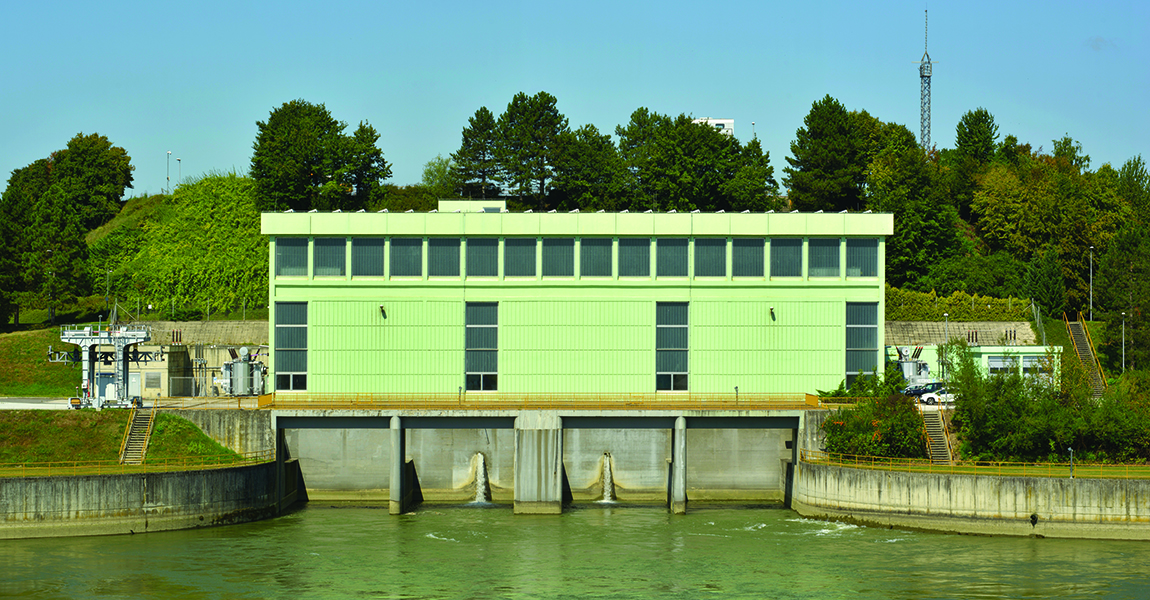 Project for increasing power from the Formin Hydro Power Plant
Project for increasing power from the Formin Hydro Power Plant
The main purpose of the implementation of the Formin Hydro Power Plant renewal project is to extend its lifespan by 40 years. The objective is also to examine the possibility of increasing its power and production, and to realise the technical feasibility and economic viability thereof. In the initial phase, an inspection and analysis of the basic equipment (turbines and generators) and the inflow/outflow channel will be made. Based on the results, discussions of the conceptual design will centre around the different variants which will form the basis for the selection of the optimal variant for the renewal. The actual physical work on the reconstruction is planned for between 2026 and 2028.
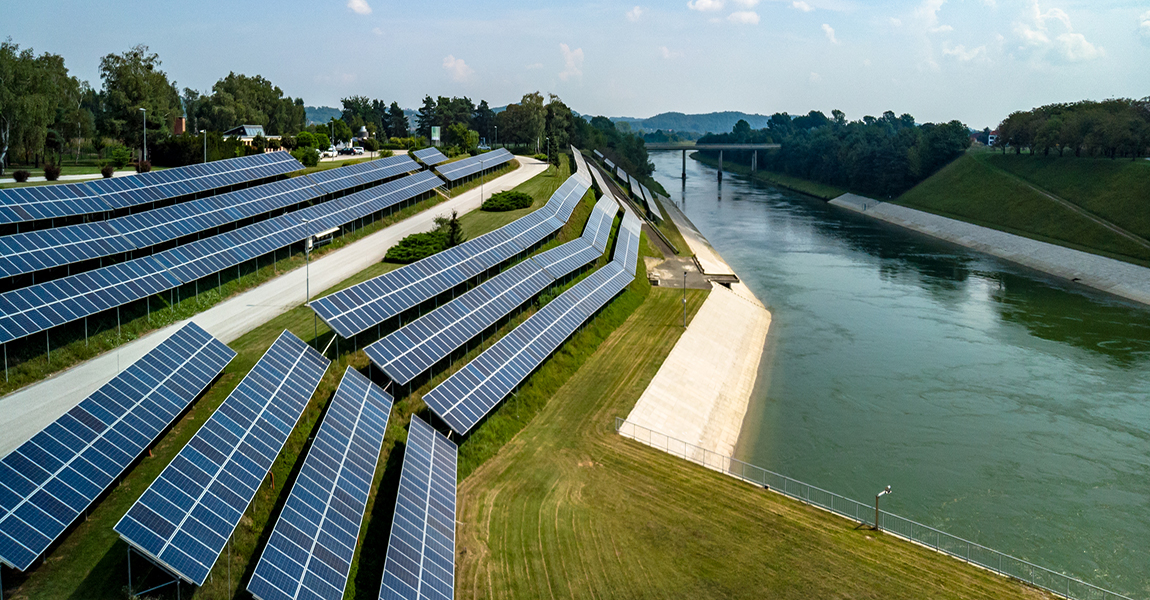 Solar power plants on infrastructure of hydro power plants
Solar power plants on infrastructure of hydro power plants
Construction of solar power plants on the inflow and outflow channels of the Zlatoličje and Formin hydro power plants represents the possibility of additional utilisation of the potential of renewable energy sources (solar power). It is possible to exploit the solar power potential to increase electricity production, implement and market systemic services in the network and construct energy storage facilities. In the coming short-term period, we will draft conceptual design documentation which will determine the electricity potential and the possibility of its utilisation and marketing. It is possible to obtain operational support for the constructed solar power plants from the support scheme for facilities producing electricity from renewable sources.